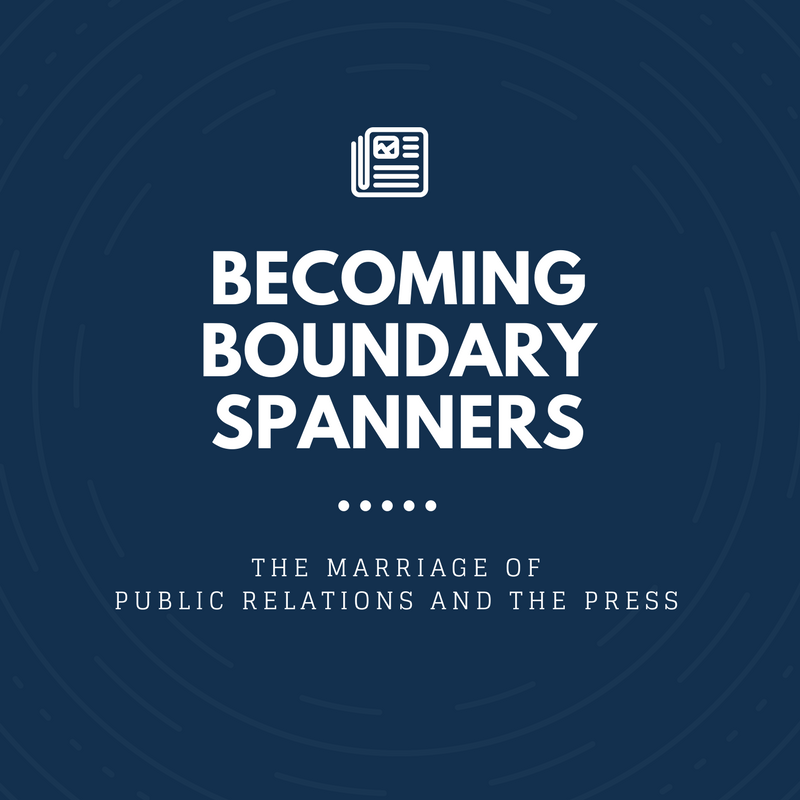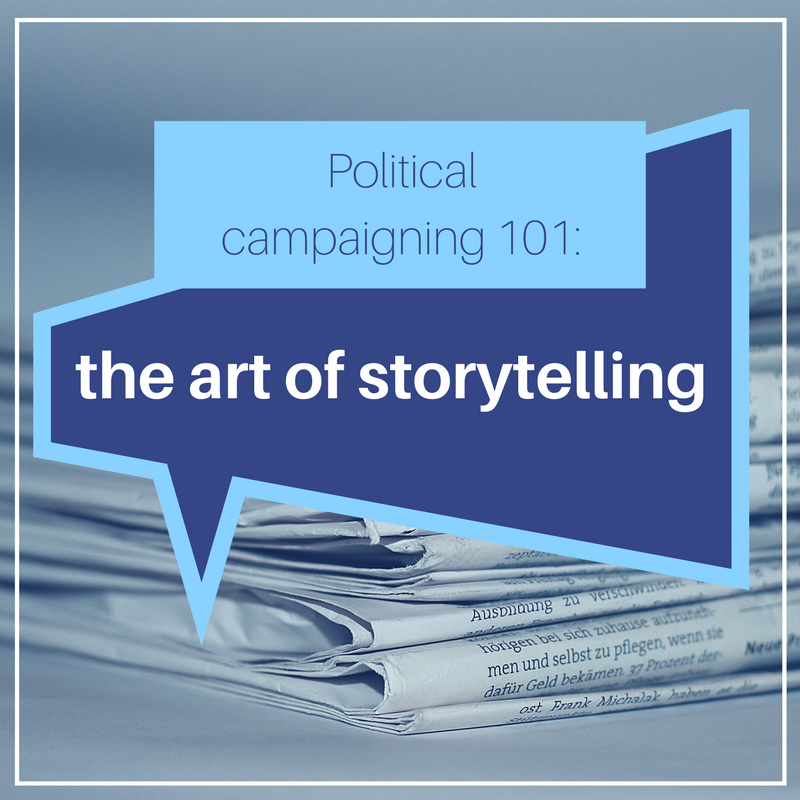Chelsea Tucker
Journalism versus public relations. There exists a hostile relation between the two fields since the birth of public relations. For decades, journos, as they like to call themselves, have viewed public relations professionals as notorious spin doctors. The irony is, now some members of the media are jumping ship to come to the perceived dark side.
Wade Keller, director of corporate affairs for Atlantic Canada for Labatt Brewing Company Ltd, falls into this group. After a 20-year career in radio and television, Wade switched gears to assume the role of director of communications to then Premier of Nova Scotia, Rodney MacDonald. From there, he has transitioned into the public affairs side of public relations.
“I enjoyed everything about television except being on television,” Wade reveals. As a video journalist, he covered some of the top stories of our generation, including the Swissair plane crash. His career advanced at what is now CTV, and he became a senior producer and then the assistant news director.
“But you know, I was 40 years old at that point, when I started thinking, where am I going to be 10 years from now?” Wade asked himself. “You could see a changing media landscape in Halifax.”
When Wade first came to the East coast, all of the radio stations had news rooms, but by 2007 you could see the reductions the media industry had suffered. Radio stations were downsized. Print news was trying to stem the tide of a decreasing readership. Reporters and camera men were replaced with video journalists.
“You could see the change coming and I thought well, what’s my future in this industry?” Wade wondered. At the time, the news director at CTV was just two years his senior. Clearly, the chances of any other career advancement was slim to none. This is when Wade decided to jump into the public relations world.
“The biggest difference I think in the media, and I think this holds true today, is the media expect simple answers, because they’re putting a story together, and I would have been included in this, and you want to simplify it for people,” Wade illustrates. But as public relations practitioners know, this can be a challenging task. Complex issues can’t always be boiled down to clean and tidy talking points.
“My experience, whether it’s in government or corporate, the number one rule about communications is be honest with people,” Wade explains. This is where the need for fostering strong ties with members of the media is key.
Often times, practitioners aren’t able to give the media the sound bit that they’re seeking. This tends to lead to frustration from the part of the press, as Wade knows all too well.
Standing true to his golden rule, Wade was always straight with the press,“If there was something that I couldn’t tell them, I can’t talk. I’m not going to lie to you. I’m not going to answer your question. You can be angry about that, but I’m not going to make something up, I’m just not going to tell you.”
But this frustration often stems from something more. Wade explains, “Some of [the media] get pissed off, because they see you as crossing some line.” Although, this perceived divide evaporates quickly when members of the press are looking for a career advancement.
“A lot of people have made the switch. In fact, in this city right now, there’s probably more ex-journalists working in communications, than there are journalists in newsrooms,” Wade remarks. By working together with ex-media members, a certain appreciation for both industries is fostered. This helps to break down the age-old divide between the press and public relations.
Having now worked in public relations, the ex-journo sees the benefits that both fields can bring to the industry, “I think you need a mix. There probably was and still is a few things that if I had had a public relations degree, that I may have known that I didn’t necessarily get from being a journalist. And the reverse is also probably true.”
For one, staying on message was something that didn’t come naturally to Wade, “This took a lot of work, even though I’ve worked in media for a long time, being able to stay on that message regardless of a question.” This is something that public relations practitioners are trained in and faced with constantly, but not something the press would be experienced with from the other side of the camera.
Public relations is known as a boundary spanning industry. One that utilizes innovation to link their internal and external publics. If this is the case, then old-timers and new-comers alike need to open their minds to the benefits of a cross-industry innovation.
Jumping ship from one field to the other can be perceived negatively, but it shouldn’t. Public relations practitioners, especially in media relations, are constantly trying to form relationships and understand the press. What better insight than working with an ex-journalist? At the same time, public relations practitioners bring with them a wealth of knowledge and experience that can only be gained from within the field.
When both sides stop judging the other’s experience and tactics, together they can execute excellent communication. Remembering that everyone brings something to the table, is the key to sitting at the head of the table.





